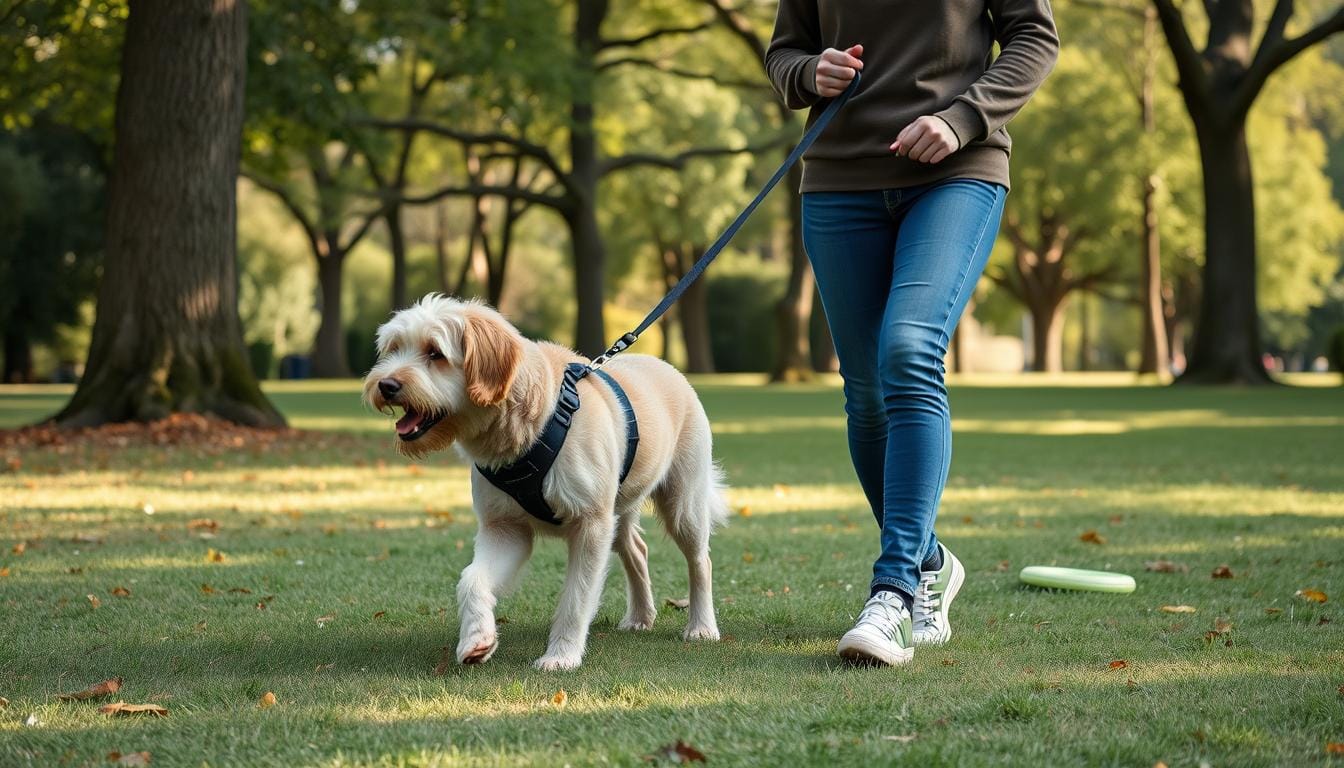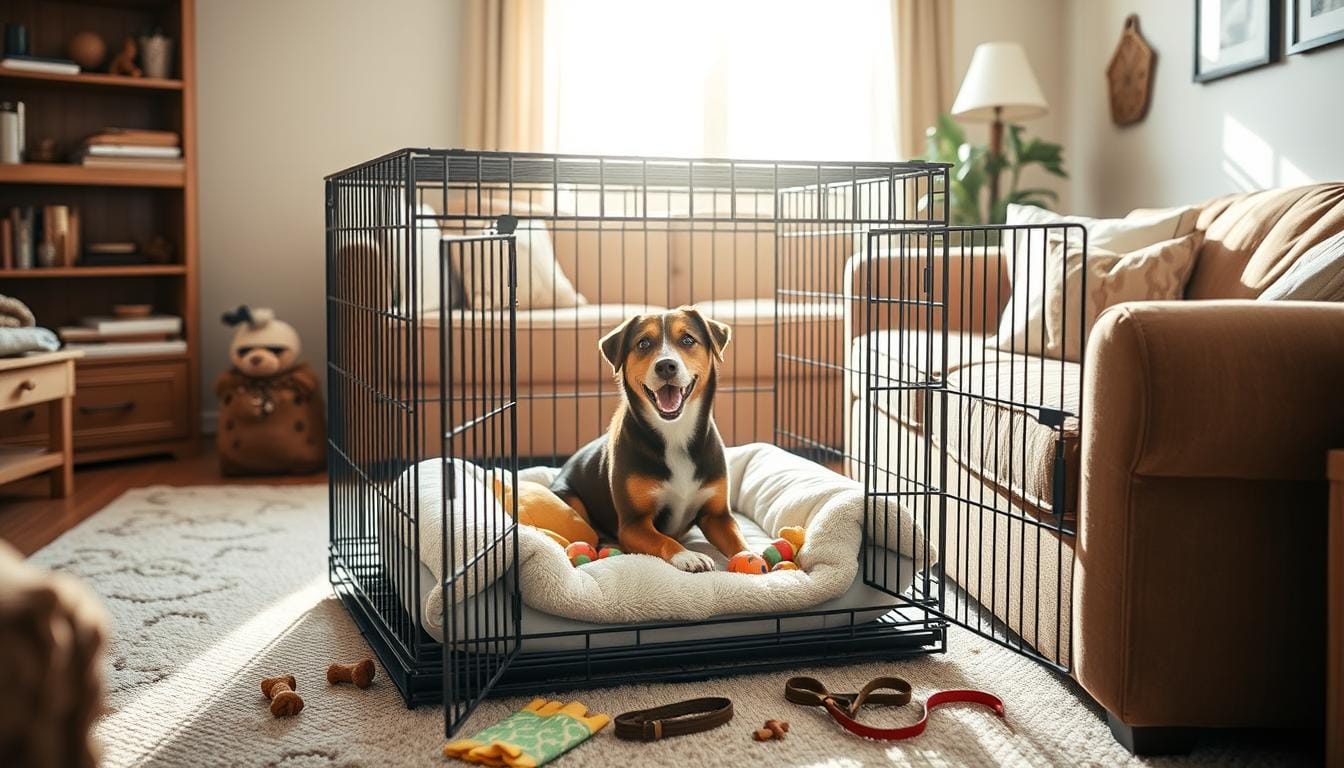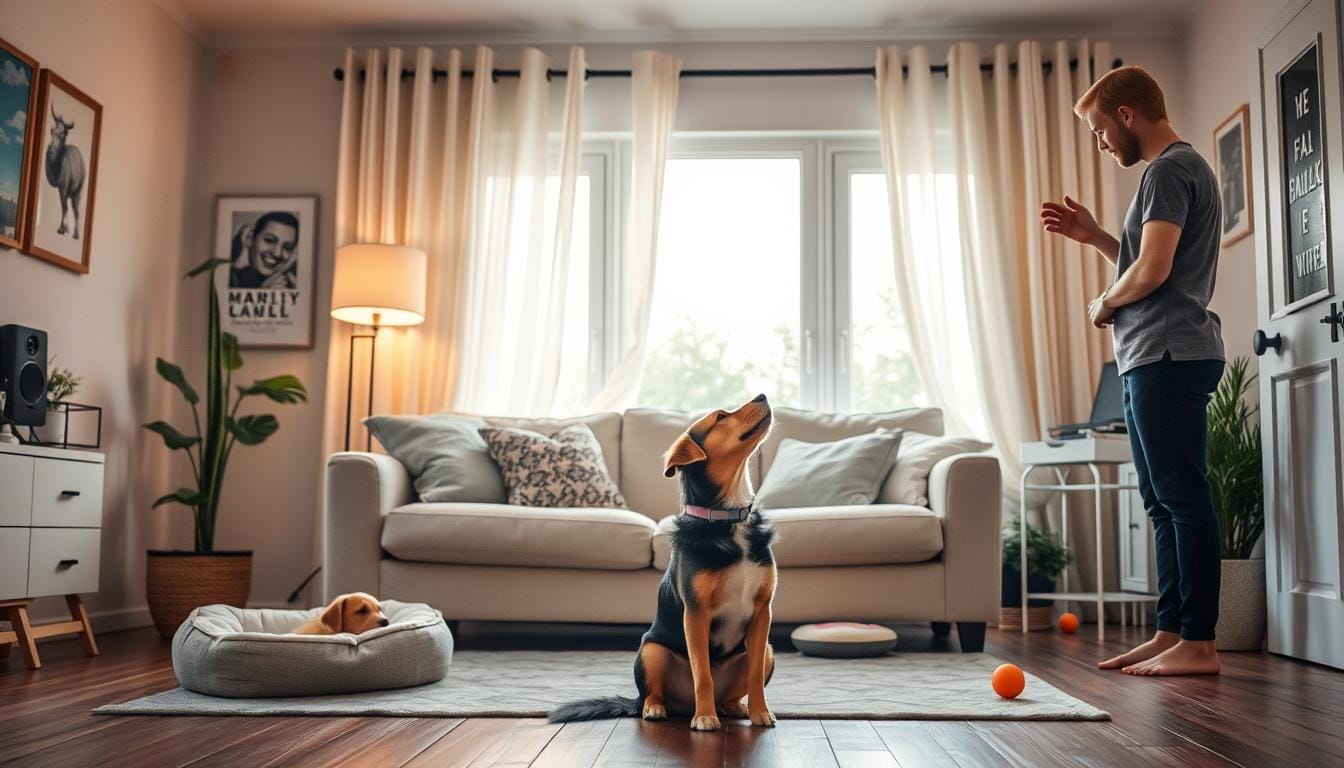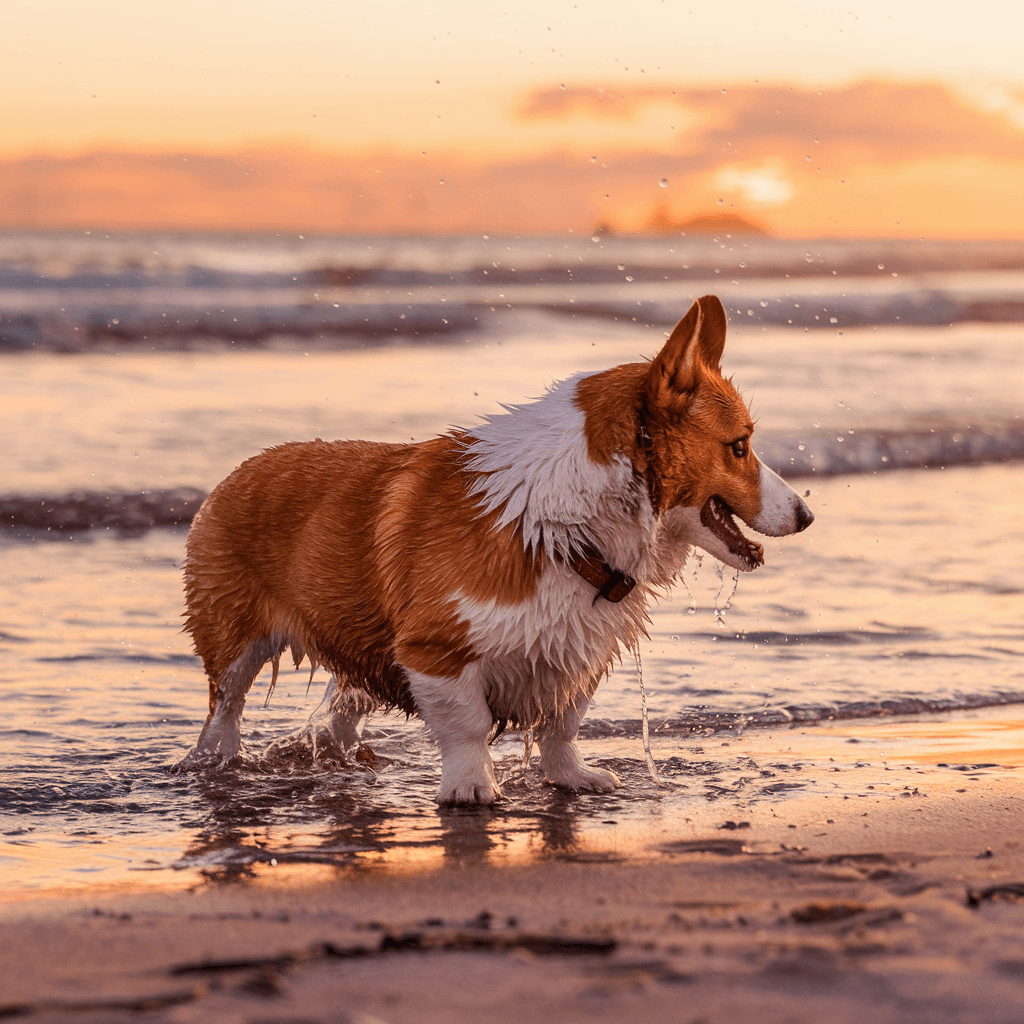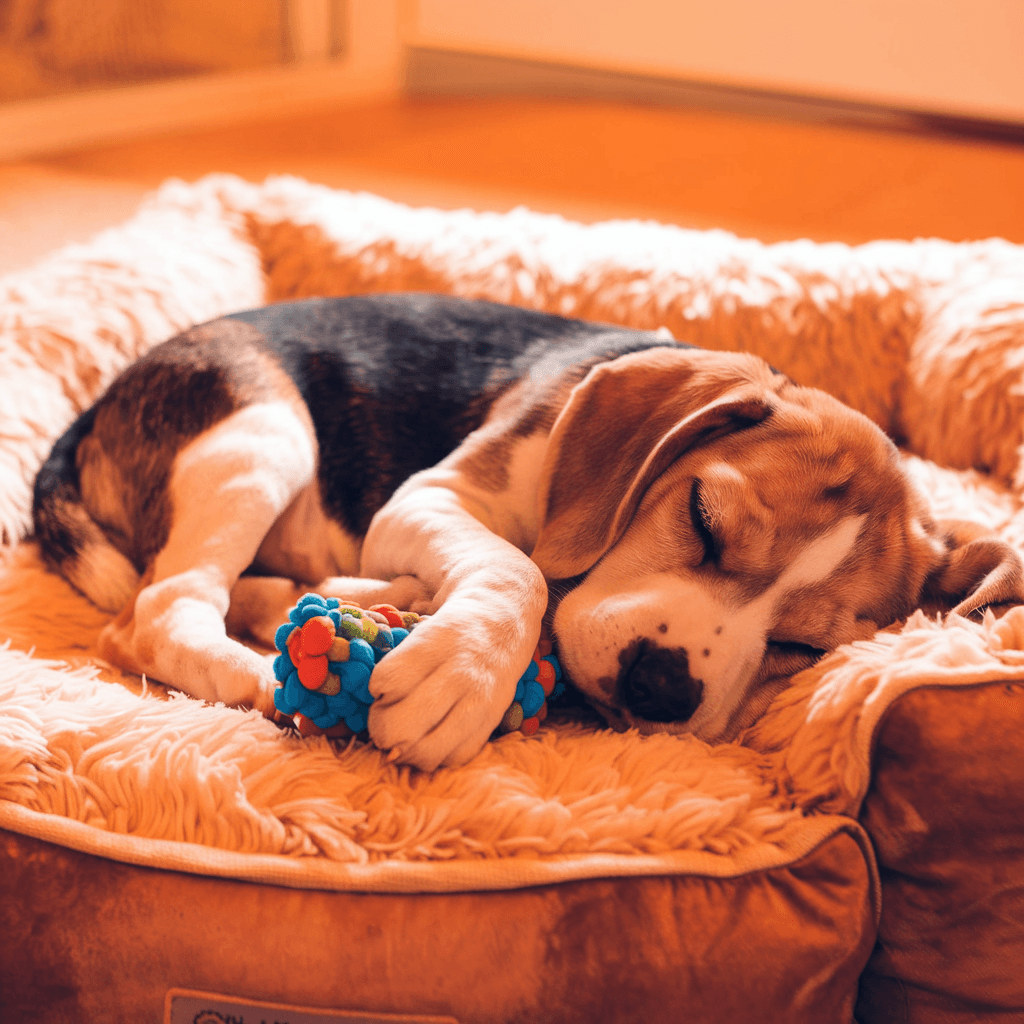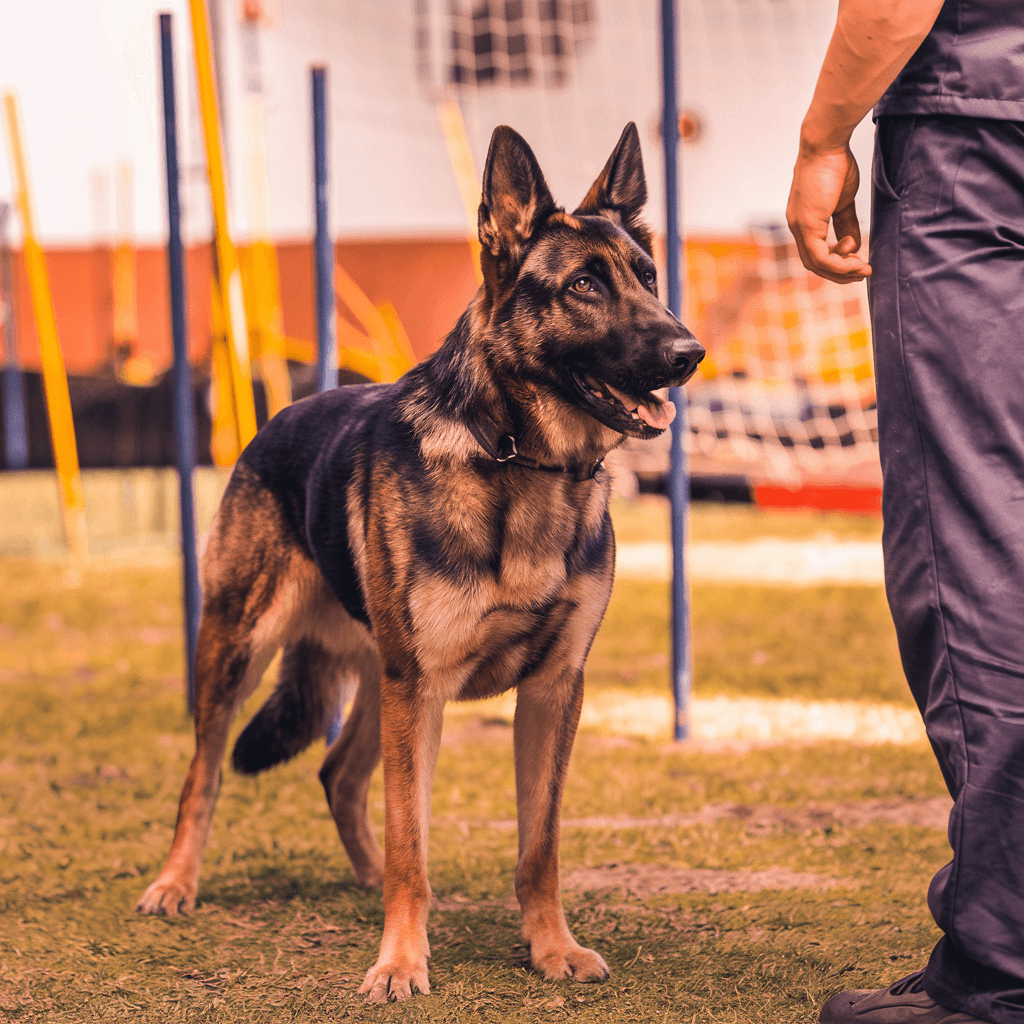What makes Labrador Retrievers so special? They are the most popular breed in the U.S. and around the world. Their friendly nature, intelligence, and versatility have won the hearts of families everywhere.
Did you know Labrador Retrievers come from Newfoundland, Canada, in the 1800s? These dogs were used by fishermen to retrieve fish. They showed their natural swimming skills and love for water.
Let’s explore the world of Labrador Retrievers together. We’ll look at what makes them great family dogs. From their playful personalities to their loyalty, this guide will help you understand and appreciate this popular breed even more.
Key Takeaways
- Labrador Retrievers are the most popular dog breed in the U.S. and globally
- Labs originated in Newfoundland, Canada in the 1800s
- They come in three main coat colors: black, yellow, and chocolate
- The average lifespan of a Labrador Retriever is 10-12 years
- Labs require at least an hour of daily physical activity
- Early socialization and training are crucial for Labrador Retrievers
- They are known for their friendly nature, intelligence, and versatility
Introduction to the Labrador Retriever
The Labrador Retriever is a favorite around the world. It’s known for being friendly and having many talents. We’ll look at what makes this breed special.
Overview of the Breed’s Popularity
Labrador Retrievers have been America’s top dog for 31 years. In 2023, French Bulldogs took the lead, but they’re still very popular. Their lasting appeal shows how adaptable and loving they are.
General Characteristics and Appearance
Labrador Retrievers are medium to large dogs. They have a strong build and a friendly face. Males are 22-22.5 inches tall and weigh 65-80 pounds. Females are 21.5-22 inches tall and weigh 55-70 pounds.
Their coat is short, dense, and water-resistant. It comes in three colors: black, yellow, and chocolate. These colors are recognized by the AKC.
Brief History and Origin
The Labrador Retriever comes from Newfoundland, Canada. They were bred to help fishermen. Their love for water and retrieving made them perfect companions.
The breed was recognized by the Kennel Club in 1903. It got its first American Kennel Club registration in 1917. Today, Labs are great as family pets and service dogs. They show their versatility and lasting charm.
“The Labrador Retriever is a true all-rounder, combining intelligence, loyalty, and adaptability in one lovable package.”
The Fascinating History of Labrador Retrievers
The story of Labrador Retrievers spans three centuries and two continents. Despite their name, Labs actually come from Newfoundland, not Labrador, Canada. In the 1700s, local water dogs were mixed with Newfoundlands to create the St. John’s water dog. This dog is the ancestor of today’s Labrador Retrievers.
In the 1800s, English aristocrats fell in love with these dogs. The Earl of Malmesbury was key in bringing and breeding Labs in England. This was when the first official record of a Labrador Retriever was made.
Here’s a quick look at key milestones in the Labrador’s journey:
- 1700s: St. John’s water dog developed in Newfoundland
- Mid-19th century: First recorded instance of a Labrador Retriever
- 1800s: Labs imported to England, adopted by aristocrats
- 1900s: Rising popularity in England and America
- 1980s: Extinction of the St. John’s water dog
- Present day: 31 consecutive years as America’s most popular breed
Today, Labs are divided into English and American types, each with its own look. They come in black, yellow, and chocolate, but yellow Labs have a special gene. This gene can change their coat color. For a comprehensive guide to this popular breed, knowing their history is just the start of loving these dogs.
Physical Characteristics of Labradors
Labrador retrievers are loved for their unique look. They are medium to large dogs with a strong build and a friendly face. These traits make them special among other breeds.
Size and Weight
Labs have a sturdy body and a balanced size. Males are 22.5 to 24.5 inches tall, and females are 21.5 to 23.5 inches. They weigh between 55 to 80 pounds, depending on their sex.
Coat Colors and Types
The Labrador’s coat is a key feature. It’s short, dense, and keeps water out, great for swimming. They come in three colors:
- Black
- Yellow (from cream to fox-red)
- Chocolate
It’s interesting that all three colors can show up in one litter. Their coat needs little care but sheds a lot.
Distinctive Features
Labradors have unique traits that make them charming and useful:
- A broad head with expressive eyes
- Wide-set, drop ears
- A thick, tapering “otter tail”
- Webbed paws for excellent swimming
- 42 large white teeth
These traits make up the Labrador retriever appearance we adore. Their athletic build lets them run fast and go long distances.
Whether you prefer the English Lab’s broad chest or the American Lab’s slender shape, they impress. Their looks and friendly nature make them great for families and individuals.
Labrador Retriever Temperament and Personality
The Labrador retriever’s friendly and outgoing nature makes them a top choice for families. They get along well with kids, other pets, and even strangers. This makes them great at making friends but not the best at guarding.

Labs are smart and love to please, which makes them easy to train. They’re good for many roles, from family pets to service dogs. They also do well in dog sports like obedience and agility.
Labs need lots of exercise to stay happy and healthy. Without enough activity, they might get bored and destructive. It’s important to give them daily walks, playtime, and mental challenges.
“A tired Lab is a good Lab,” is a common saying among breed enthusiasts, highlighting the importance of keeping these energetic dogs occupied.
Labs are very food-motivated, which helps with training but can lead to overeating. Owners must watch their Lab’s food intake to avoid obesity and health problems.
| Trait | Description |
|---|---|
| Friendliness | High – great with families, children, and other pets |
| Intelligence | High – easily trainable and adaptable |
| Energy Level | High – requires regular exercise and mental stimulation |
| Food Drive | High – prone to overeating if not monitored |
| Adaptability | High – excels in various roles and environments |
Health Considerations for Labrador Retrievers
Labrador Retrievers are loved for their friendly nature and versatility. As popular family pets, it’s important to know their health needs. Let’s look at key aspects of labrador retriever health to keep your furry friend happy and healthy.
Common Health Issues
Labs are generally strong, but they can face health challenges. Some common issues include:
- Hip and elbow dysplasia
- Obesity
- Ear infections
- Progressive Retinal Atrophy (PRA)
- Exercise-Induced Collapse (EIC)
- Bloat
Cancer is also a concern for Labs. They’re more likely to get hemangiosarcoma, mast cell tumors, and lymphoma than other breeds.
Preventive Care and Regular Check-ups
Regular vet visits are key for labrador retriever health. The Labrador Retriever Club suggests several health clearances:
| Health Test | Description |
|---|---|
| Hip and Elbow Dysplasia Evaluation | Checks for joint problems |
| Eye Examination | Conducted by an ACVO Ophthalmologist |
| Exercise Induced Collapse (EIC) Test | DNA-based test |
| D Locus (Dilute) DNA Test | Checks for coat color dilution |
| Cardiac Evaluation | Assesses heart health |
Genetic Health Concerns
Genetic screening can spot potential hereditary issues in Labs. The University of California Davis Veterinary Genetics Laboratory offers genetic diversity testing for Labrador Retrievers. This gives valuable insights into your dog’s genetic health.
By knowing these health considerations, we can better care for our Labrador Retrievers. This ensures they live long, healthy lives.
Exercise and Activity Needs of Labs

Labrador Retrievers are full of energy and need lots of exercise. A healthy adult Lab needs at least 80 minutes of good physical activity every day. This is key for their health and happiness.
There are many fun ways to keep Labs active and fit. Walking, hiking, and playing fetch are great options. Swimming is also a hit with Labs, as it works their whole body without hurting their joints.
Remember, exercise needs change as a Lab gets older. Puppies need less exercise than adults. The ‘5-minute rule’ is a good guide: five minutes of exercise per month of age, up to twice a day. As they get older, they might need less intense activities.
- Walks and hikes
- Swimming
- Fetch games
- Training activities
- Socializing with other dogs
It’s important not to overdo it with exercise. Labs might keep going even if they’re hurt. So, watch how much they’re doing and slowly increase their activity if needed.
Regular exercise keeps Labs from getting bored or having bad behavior. It also keeps them healthy. By giving them the right activities, owners can keep their Labs happy and balanced.
Training Your Labrador Retriever
Training your Labrador retriever is essential for a well-behaved pet. These smart dogs love to learn and respond best to positive feedback. We’ll look at basic obedience, socialization tips, and advanced training for your Labrador.
Basic Obedience Training
Begin lab dog obedience training when they’re about 9-10 months old. Keep training sessions short, 5-10 minutes, and always end on a positive note. Teach them basic commands like sit, stay, and come. Mix up the training to keep them interested. Remember, being consistent is key to good training.
Socialization Tips
Socializing your Labrador is crucial. Start early, around 8 weeks, when they join your family. Introduce them to various people, animals, and places. This helps prevent fear and aggression. Start obedience classes at 4 months, after they’ve had their first vaccinations.
Advanced Training Opportunities
Labradors are great for advanced training. They can be service dogs, search and rescue dogs, or therapy dogs. As they grow, look into these roles to use their energy and smarts.
| Age | Training Milestone |
|---|---|
| 8 weeks | Join new family, start socialization |
| 3 months | Introduce swimming |
| 4 months | Begin obedience classes |
| 9-10 months | Start formal training |
| 12 months | Transition to adult dog food |
Every Labrador is different. Tailor your training to fit your dog’s personality and needs. With patience and effort, you’ll build a strong bond and a well-trained companion.
Nutrition and Feeding Guidelines for Labs
Feeding your labrador retriever right is key to their health and happiness. The diet needs change with age, size, and how active they are. Here are some important tips to care for your dog well.
Puppies need to eat four times a day until they are six months old. Adult Labs usually do fine with two meals a day. The food amount depends on their weight.
| Lab Weight (lbs) | Daily Food (grams) |
|---|---|
| 40 – 45 | 205 – 230 |
| 50 – 55 | 240 – 265 |
| 60 – 65 | 270 – 300 |
| 70 – 75 | 300 – 335 |
| 80 – 85 | 330 – 365 |
| 90 – 95 | 355 – 395 |
Most people choose dry kibble because it’s easy and nutritious. Look for kibble that’s high in quality and doesn’t have too many extras. For puppies, make sure the kibble has 3.5 calories per gram of fat.
Some people prefer raw or BARF diets. A BARF diet is 70% muscle meat, 10% raw bone, 10% organs, 7% veggies, 2% seeds & nuts, and 1% fruit. No matter what diet you pick, start slow to avoid stomach problems.
Labs can easily eat too much. It’s important to control their portions to avoid obesity and health issues. Always talk to your vet to find the best diet for your lab.
Grooming and Care for Your Labrador Retriever
Labrador retriever grooming is key to their care. These popular dogs need regular grooming to stay healthy and look good. Let’s explore how to keep your Lab in top shape.
Coat Maintenance
Labs have a thick, double coat that sheds twice a year. Brushing them weekly helps manage shedding and keeps their coat healthy. During shedding seasons, brush them four times a week. This removes dead hair and spreads natural oils.
Bathing and Nail Care
Bathe your Lab every four to six weeks if they’re mostly indoors. Show dogs need baths 4-5 days before shows. Trim their nails every 3-4 weeks to keep their feet healthy. Use canine scissors to trim hair between their toes, ensuring strong feet.
Ear Cleaning and Dental Hygiene
Labs’ ears are prone to infections, so clean them often. Brush their teeth daily with a dog toothbrush. This helps prevent dental problems and keeps them healthy overall.
| Grooming Task | Frequency | Importance |
|---|---|---|
| Brushing | 1-4 times weekly | Manages shedding, distributes oils |
| Bathing | Every 4-6 weeks | Keeps coat clean and healthy |
| Nail Trimming | Every 3-4 weeks | Maintains foot health |
| Ear Cleaning | Regularly | Prevents infections |
| Teeth Brushing | Daily | Promotes dental health |
Regular grooming not only keeps your Labrador looking good but also prevents health problems. With consistent care, your Lab will stay happy, healthy, and ready for fun!
Conclusion
We’ve looked into the world of Labrador Retrievers, finding out why they’re so loved in America. They are friendly and versatile, making them great family pets. Owning a Labrador brings joy, loyalty, and adventure into your life.
These dogs, weighing 55 to 80 pounds, come in three colors: black, yellow, and chocolate. Their smart nature and desire to please make them perfect for many roles. They are not just pets but also excel as service dogs, emotional support animals, and assistants for people with disabilities.
While Labradors bring a lot of happiness, they need a lot of care. They need daily exercise, regular grooming, and attention to health issues. With the right care, including a healthy diet and vet visits, your Labrador can live up to 10-12 years. The benefits of owning a Labrador far outweigh the work, making them a precious addition to any family.







